Gender-Responsive Training Design: Embedding Equity inToT Programs
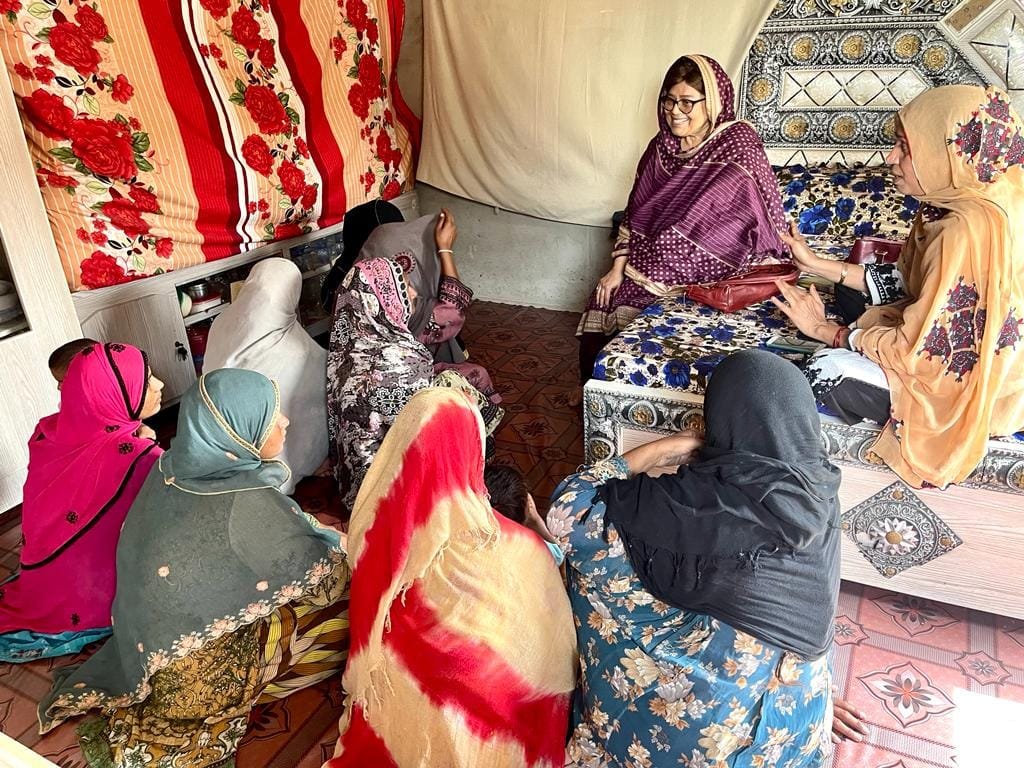
1. Introduction
1.1 The Need for Gender Equity in Training
Gender equity is a cornerstone of sustainable development. It is essential for creating inclusive societies and ensuring that everyone, regardless of gender, has the opportunity to contribute to and benefit from community growth. Yet, achieving equity requires intentionality, particularly in the design and delivery of Training of Trainer (ToT) programs.
Gender-responsive training ensures inclusivity by acknowledging the unique challenges faced by different genders. It empowers participants to drive equitable change in their communities and lays the groundwork for long-term societal transformation. Organizations like Mera Maan have embraced these principles to address gaps and promote inclusive training methodologies.
1.2 Objectives of This Blog
This blog explores how inclusive design principles can be seamlessly integrated into ToT programs, focusing on strategies, best practices, and the transformative potential of gender-responsive training. By highlighting real-world examples, it aims to inspire trainers and organizations to adopt equity-focused approaches.
2. The Importance of Gender-Responsive Training
2.1 Addressing Gender Gaps in Training
Traditional training programs often unintentionally perpetuate biases due to a lack of awareness or focus on inclusivity. Gender-responsive training bridges this gap by:
Promoting fair participation among all genders: Programs are designed to ensure equal opportunities for learning and interaction, making training sessions more effective and representative.
Addressing systemic barriers that hinder equitable opportunities: By identifying and dismantling obstacles like gender stereotypes or unequal access, such programs create a level playing field.
Fostering environments where diverse voices are heard and valued: This encourages open communication and collaboration among all participants, enriching the training experience.
Mera Maan’s initiatives demonstrate how addressing gender gaps can lead to better outcomes for communities. Their programs encourage trainers to integrate equity-focused strategies, creating ripple effects in the broader social fabric.
2.2 Enhancing Program Impact
Gender-responsive training doesn’t only benefit individuals; it amplifies the impact of entire programs by:
Encouraging diverse perspectives that enrich decision-making
Enabling better resource allocation that considers all genders
Driving community-wide transformation by empowering marginalized groups
For example, their collaboration with CABI on the Baseline Study on Economic Empowerment of Women in Agriculture highlights the transformative power of addressing gender disparities and promoting economic growth through data-driven strategies and participatory approaches.
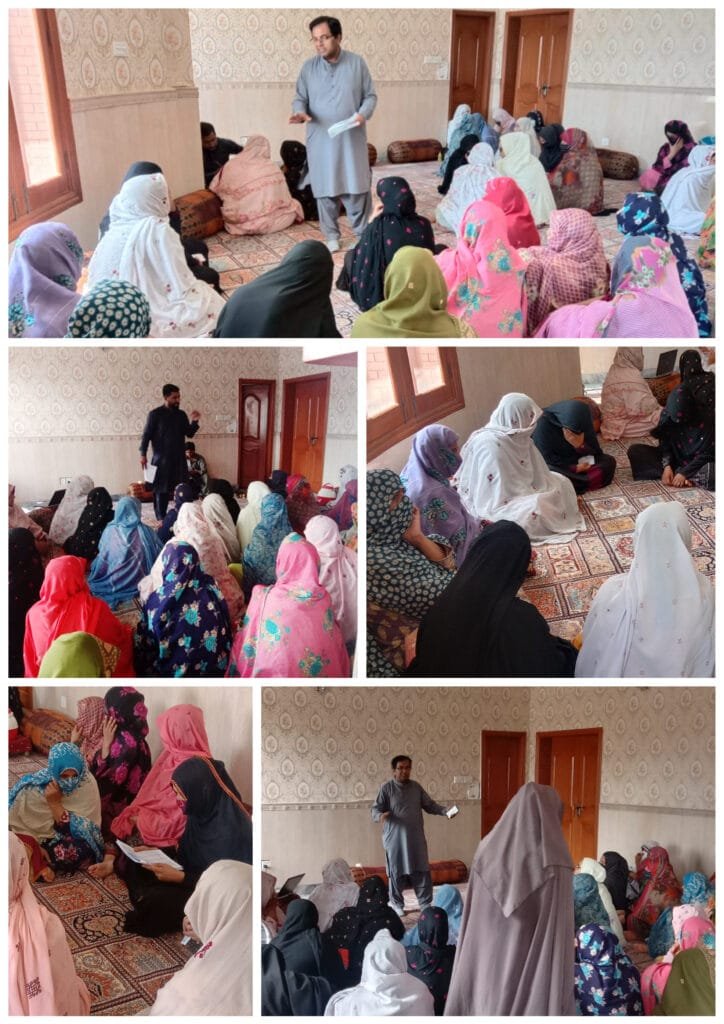
3. Principles of Gender-Responsive Training Design
3.1 Needs Assessment with a Gender Lens
Every effective training program begins with understanding its audience. Incorporating a gender lens in needs assessment involves:
Identifying unique challenges faced by different genders: This helps trainers understand specific needs and develop customized solutions to address them.
Developing strategies to ensure equitable participation: Such strategies might include creating gender-segregated spaces for certain activities or using culturally appropriate methods to encourage participation from all genders.
Mera Maan’s Training Needs Assessment services provide customized solutions that align with these principles. This ensures that the specific needs of all genders are addressed, laying the foundation for effective training delivery.
.
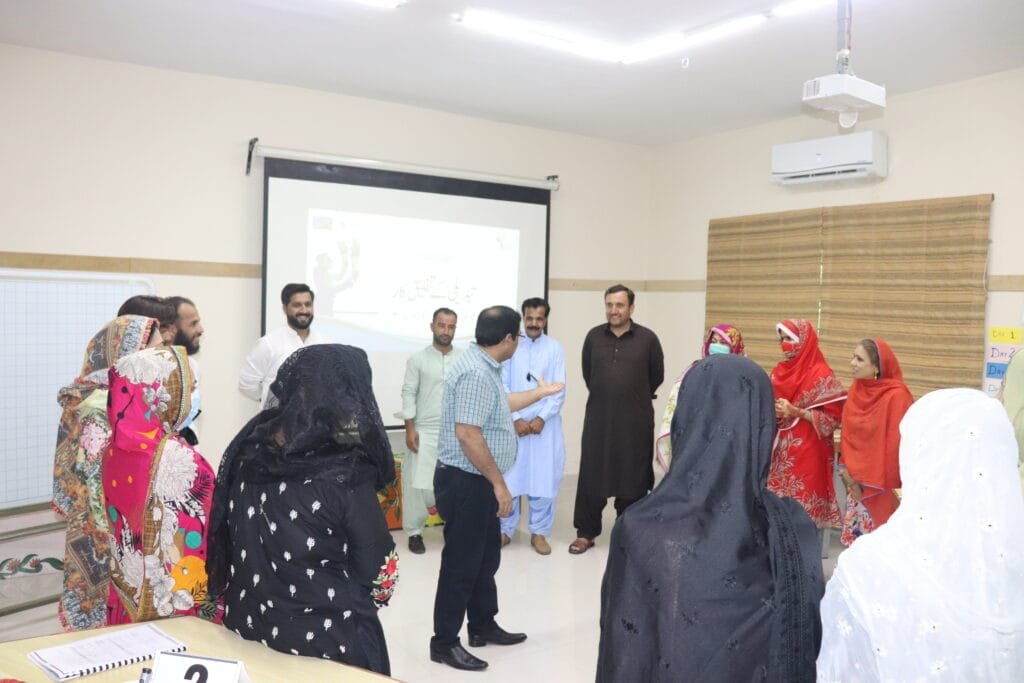
3.2 Inclusive Content Development
Content that resonates with diverse audiences is key to gender-responsive training. This includes:
Using gender-neutral language to avoid reinforcing stereotypes
Incorporating case studies that highlight gender-specific challenges
Including examples that reflect the experiences of all participants
UN Women’s Gender Equality Training offers invaluable resources for creating inclusive content that fosters equity and empowerment. This platform provides insights and tools to help trainers design programs that address gender disparities effectively.
3.3 Equitable Delivery Techniques
Effective delivery ensures that all participants are equally engaged. Techniques include:
Encouraging group discussions to give everyone a voice: Group discussions help participants share their perspectives, fostering collaboration and mutual understanding.
Creating safe spaces where marginalized genders feel comfortable sharing their perspectives: Safe spaces encourage open communication, allowing participants to express themselves without fear of judgment.
Using real-time feedback to adapt training methods as needed: Feedback helps trainers refine their approach, ensuring that sessions remain engaging and effective.
Mera Maan excels in crafting impactful programs that prioritize informed decision-making and sustainable outcomes. Their Research & Strategy Development Programs showcase the power of inclusive methods to foster equity and engagement. By incorporating diverse perspectives and leveraging innovative frameworks, Mera Maan ensures participants are equipped with the tools to create meaningful and lasting change.
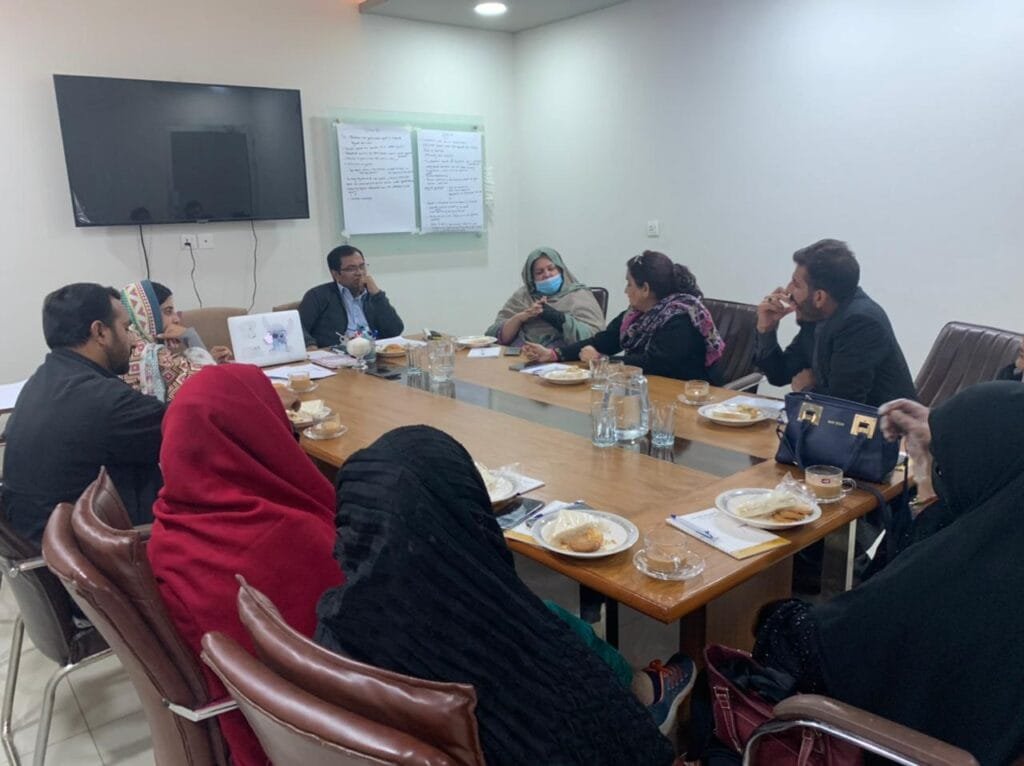
3.4 Monitoring and Evaluation (M&E) with Equity Metrics
Integrating gender-specific metrics into M&E frameworks helps:
Measure participation and outcomes by gender
Provide insights into the effectiveness of equity-focused initiatives
Mera Maan’s approach to monitoring and evaluation combines real-time data with participatory techniques, ensuring that training programs achieve their intended impact.
CARE’s Pakistan Programs offer transformative initiatives that prioritize gender equity, education, and economic empowerment. These programs provide valuable insights and frameworks to inspire inclusive practices.
4. Real-World Applications of Gender-Responsive Training
4.1 Mera Maan’s Gender-Inclusive Projects
Mera Maan has implemented several projects that highlight the success of gender-responsive training. For example:
Their collaboration with local governments to increase women’s participation in leadership roles: These programs empower women to take on decision-making positions, contributing to more balanced governance structures.
Financial literacy programs designed specifically for women entrepreneurs: Such initiatives provide women with the tools they need to manage their finances effectively and grow their businesses.
Mera Maan’s partnership with the World Food Program (WFP) exemplifies their commitment to gender-responsive training. Through the Women Empowerment: Livelihoods and Enterprise Development (WE-LED) project, over 200 women from underprivileged households were trained in various trades and entrepreneurship. This initiative fostered economic self-sufficiency and resilience, demonstrating the impact of tailored, market-led interventions on empowering women in Pakistan.
5. Challenges and Solutions in Gender-Responsive Training
5.1 Common Challenges
Despite its importance, implementing gender-responsive training faces obstacles such as:
Cultural Barriers: Resistance to including marginalized genders due to societal norms or biases.
Resource Constraints: Limited funding and materials often hinder the development and delivery of inclusive programs.
Trainer Bias: Pre-existing stereotypes among trainers can inadvertently impact the effectiveness of training.
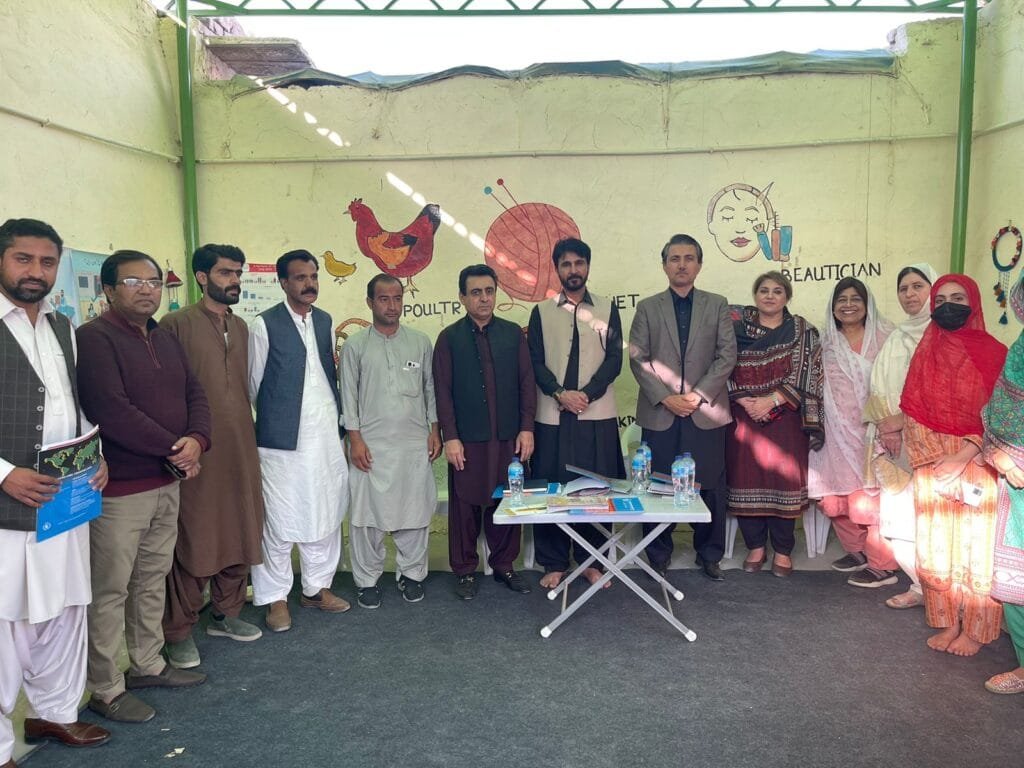
5.2 Practical Solutions
These challenges can be addressed through:
Partnering with organizations experienced in promoting gender equity: Collaborations ensure access to expertise and resources.
Conducting bias training for facilitators to ensure inclusive delivery: Such training helps trainers recognize and overcome their own biases.
Allocating resources specifically for gender-responsive initiatives: Dedicated funding ensures that equity-focused programs receive the support they need to succeed.
6. Conclusion
6.1 Key Takeaways
Integrating gender-responsive principles into ToT programs is not optional; it is critical for achieving equitable development. By addressing gender gaps, fostering inclusivity, and prioritizing equity in both content and delivery, organizations can empower trainers to create meaningful change.
6.2 Join the Movement for Gender Equity
Through tailored approaches and impactful initiatives, Mera Maan exemplifies how gender-responsive training can drive sustainable transformation. Embracing these principles ensures a future where every individual, irrespective of gender, can contribute to societal growth.
Learn more about Mera Maan’s innovative training solutions by visiting their contact page. Let’s collaborate to create equitable training programs that make a difference.

